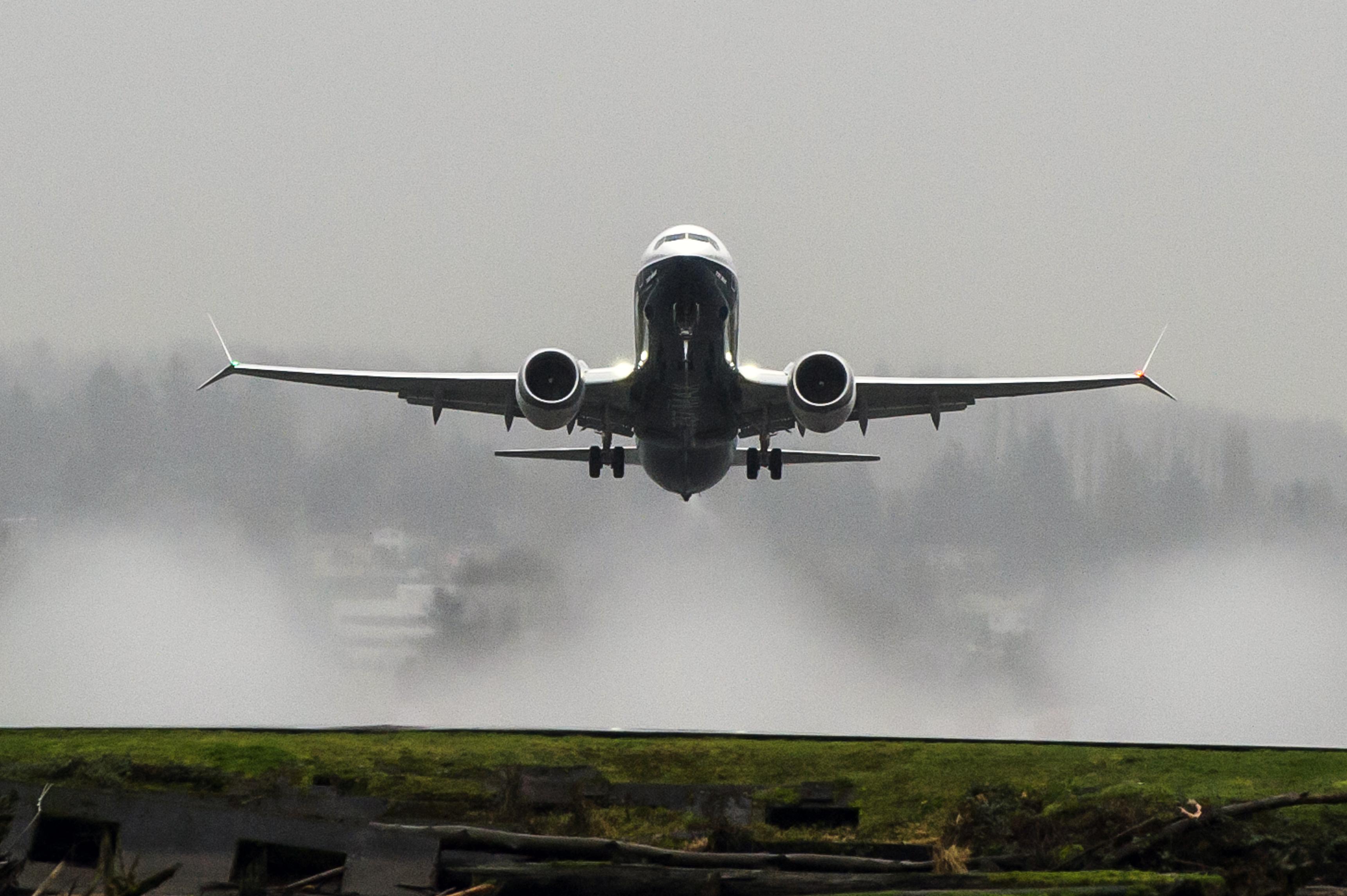
The latest version of the Boeing 737 MAX master minimum equipment list (MMEL) corrects a conflict between the original MMEL’s allowances and pilot troubleshooting steps that allowed flights with no functioning autopilot, even as a checklist calls for autopilot engagement to correct flight-control issue.
Changes proposed in a draft version, posted in December 2019 for public comment, targeted issues related to updated flight control computer (FCC) software in the wake of two fatal MAX accidents and software changes mandated by regulators. Among them: having both control wheel-mounted electric horizontal stabilizer trim switches as well as the Speed Trim Fail light operable for dispatch.
The most notable addition to the new MMEL is that MAXs will now require at least one working autopilot. The change, which was not included in draft versions, has nothing to do with the MAX accidents and subsequent FCC changes. Rather, one of the MAX’s non-normal checklists requires pilots to engage the autopilot to troubleshoot the issue.
The scenario is linked to the MAX’s fly-by-wire spoiler system, one of the changes Boeing made to the 737 Next Generation design. When the MAX’s elevator-jam landing assist system is active and spoilers are extended, pilots are told to use the “ASSIST ON” non-normal checklist. One of the steps: engage one autopilot system to retract the spoilers, and then use autopilot “as needed.”
The original MAX MMEL, approved in 2018, allowed dispatch without either autopilot functioning so long as the planned route times were not too long, routes and approaches avoid airspace that require an autopilot, and the pilots, which face higher workloads when hand-flying, did not object. All other 737s, which are covered under a different MMEL, have similar conditions.
But the MAX’s new spoiler system and associated checklist created a conflict—use of an autopilot even though one was not always required to be functioning—that went unnoticed until operators began reviewing the proposed MMEL revision. MAX operator FlyDubai pointed out the change, according to a summary of the comments the FAA received on the draft.
“As a result of considerations related to this comment and recommendation, MMEL dispatch option 22-10-01B”—the no-autopilot provision—“has been removed,” the FAA said.
Requiring a functioning autopilot meant mandating several related functions that were previously not required for dispatch. They include having a working autopilot engage command switch, indicator light, aural disengage warning system, disengage light, and control wheel disengage switch.
The agency added that the autopilot restrictions could be revised if Boeing modifies the elevator-jam assist procedures and updates the checklist. The FAA said a subsequent update to the MAX MMEL is in the works and will be released after the model returns to service.





